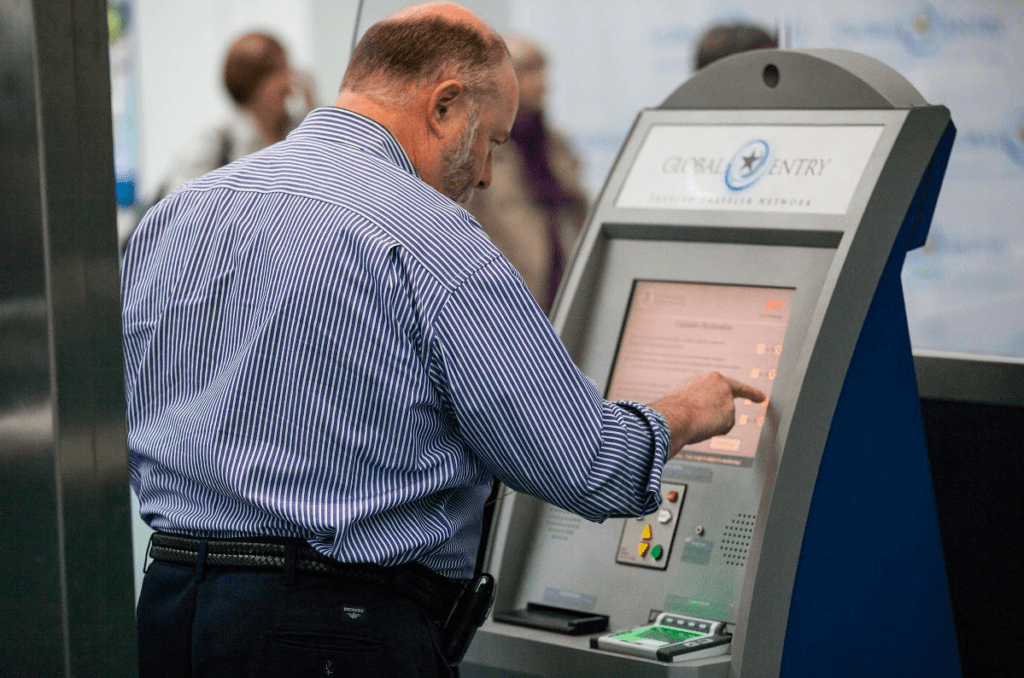Biometric Entry Trial at Washington Dulles Airport Yields Success
Share

APEX Insight: “Welcome to the United States of America. Please put your passport away as you approach the immigration counters.” This sort of announcement, completely at odds with the behavior passengers have been trained to expect over the years, could very soon be a reality for travelers arriving to the US by air.
US Customs and Border Protection (CBP) is conducting a trial for a biometric scanning system for international arrivals at Washington Dulles International Airport. The system uses facial recognition to improve both accuracy and processing time and is already seeing success, according to Colleen Manaher, executive director for Planning, Program Analysis and Evaluation, Office of Field Operations, US CBP.
Manaher highlighted some of these success stories at the Future Travel Experience Global conference in Las Vegas this week. A Korean Air flight that historically took 70+ minutes to process upon arrival was cleared in less than 25 minutes. In less than a week, the system identified multiple passengers traveling on fraudulent documents, including one on a US passport.
While officially still in test mode, the program will see a significant expansion, thanks to the positive early results, Manaher says. Her goal is to see facial recognition processing for inbound travelers at 60% of the largest airports in the US by the end of 2019. Biometric cameras would replace APC kiosks, Global Entry lanes and verbal declarations.
While many of these systems are still relatively new, they are also what CBP officials describe as a “point-in-time solution” necessary at the time to increase passenger handling volume. But the number of travelers continues to grow and biometric technology would allow CBP to better allocate resources to addressing more pressing threats more quickly and without a significant increase in headcount.
Travelers departing the US are also seeing a growth in biometric services. Facial recognition boarding gates are a start, showing faster boarding times in tests for multiple airlines at airports in Boston, Orlando and Los Angeles. CBP is also working with the Transportation Security Administration (TSA) to trial facial recognition for identity verification at screening checkpoints. A trial at the Tom Bradley International Terminal in Los Angeles leverages CBP identity databases and airline manifests to validate passengers as they approach the screening area. Accuracy is about 95% and the screening time is reduced.
While the TSA would like to expand the service, that is unlikely to happen in the near term. The photo databases available to the agency covers international travelers, but a sufficiently large number of domestic travelers do not yet have a photo on file. Without a large enough photo library, the agency may not be able to transition the platform to a broader scale and achieve the same level of efficiency.
Biometrics has been a big topic at FTE Global, with IDEMIA announcing the rollout of its OneLook technology at Singapore’s Changi Airport and Air France unveiling a biometric boarding pass.


